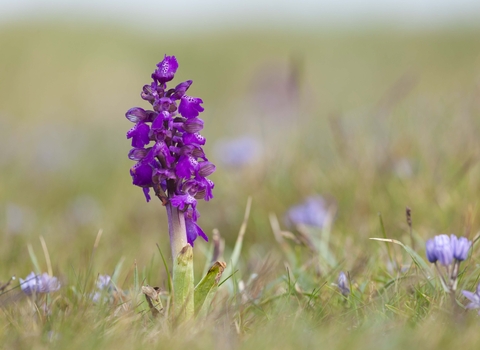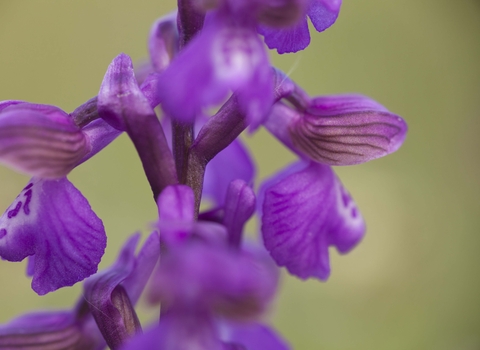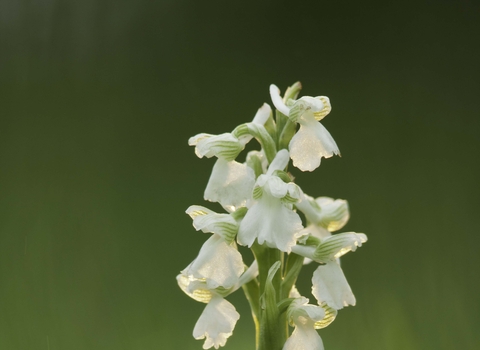
©Mark Hamblin/2020VISION

©Mark Hamblin/2020VISION

©Guy Edwardes/2020VISION
Green-winged orchid
A short, but pretty plant of unimproved grasslands, the Green-winged orchid gets its name from the green veins in the 'hood' of its flowers. Look for it in May and June.
Enw gwyddonol
Anacamptis morioPryd i'w gweld
May to JuneGwybodaeth am rywogaethau
Categori
Ystadegau
Height: 7-15cmClassified as Near Threatened on the Vascular Plant Red Data List for Great Britain.
